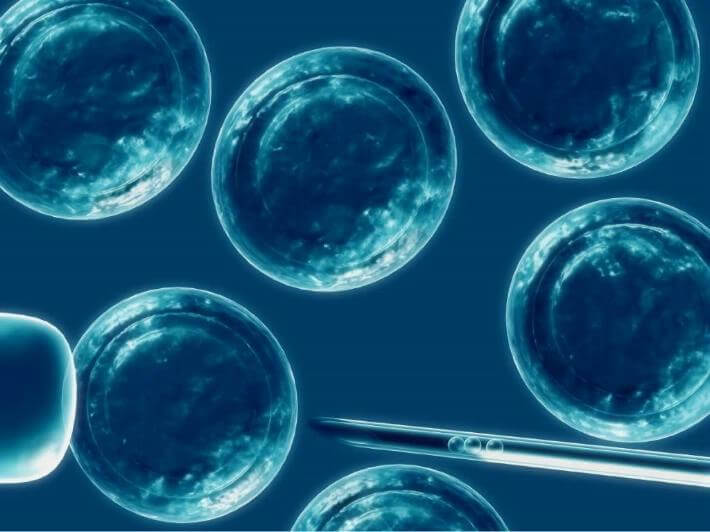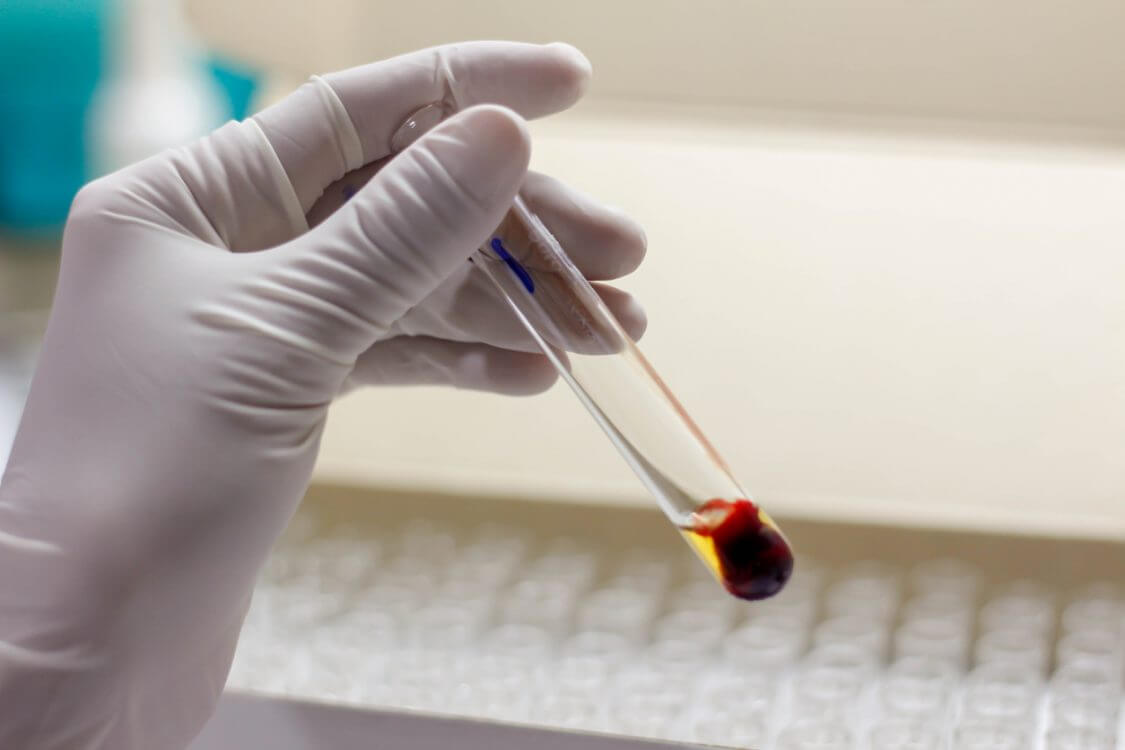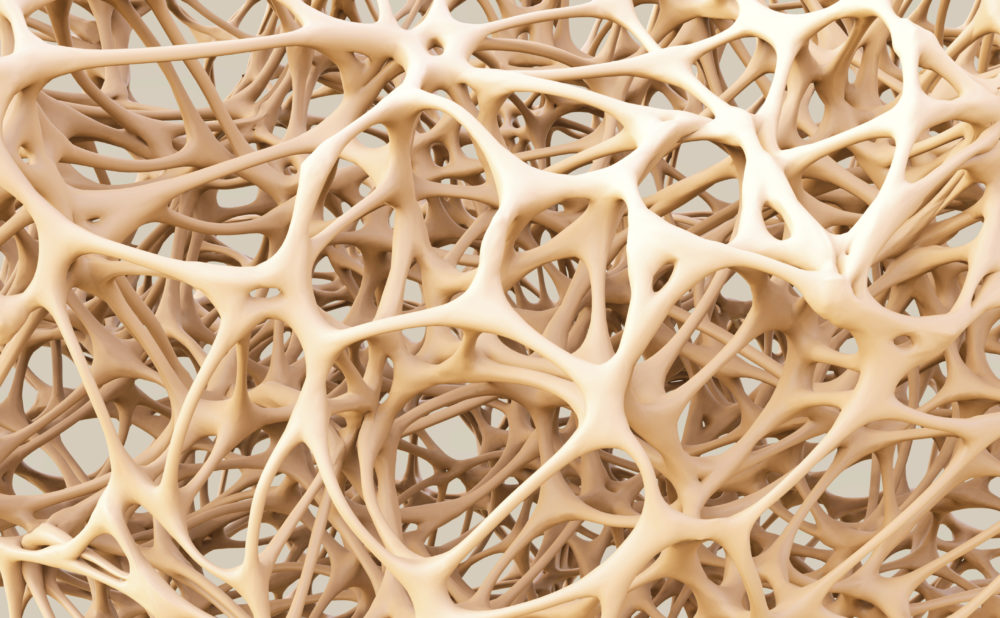When we lose or we are extracted a tooth, the alveolar bone (the one that supports the teeth), not receiving any type of mechanical stimulus, as is the pressure exerted by the teeth when chewing, it is reabsorbed, with serious consequences for our health and our facial aesthetics. In the Maxillofacial Institute we propose several solutions against this problem:










